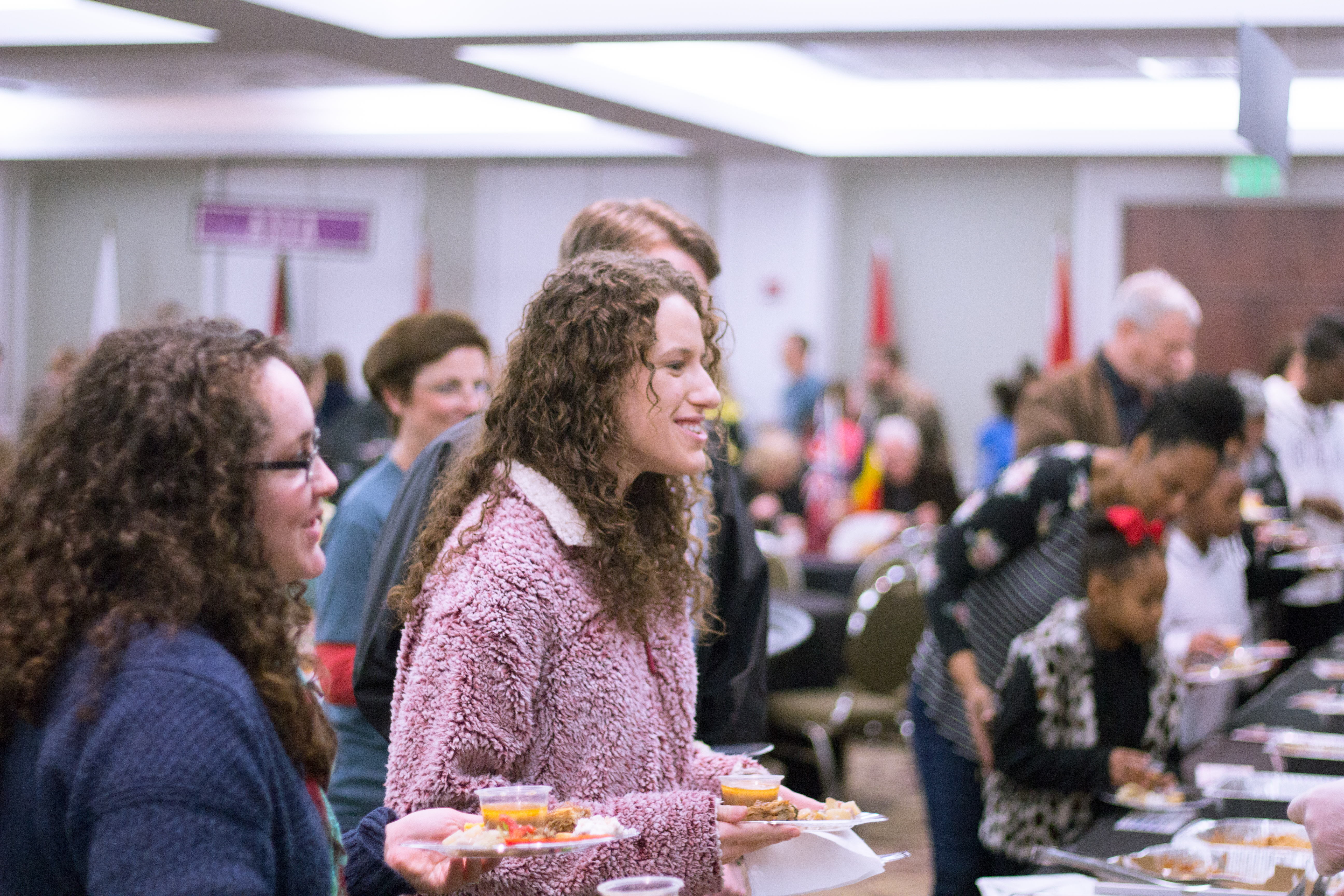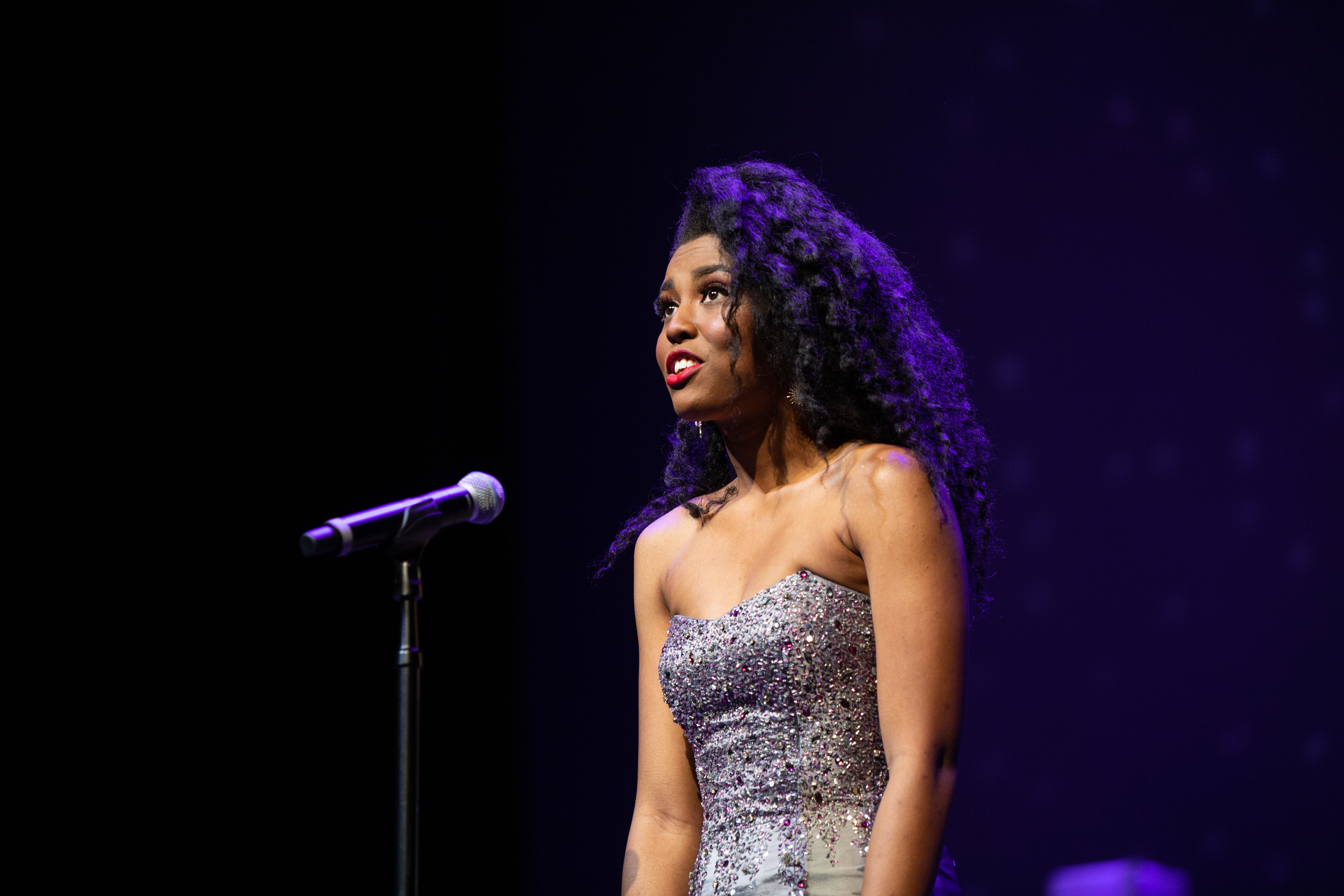An organizational meeting for students interested in forming a Ouachita crew team will be held on Sunday, November 15, at 6 p.m. in Mabee 408. The team, which will be formed, formally, as a Ouachita Rowing Club, is looing for dedicated members to join the team.
Anyone who would like to learn more about the sport is encouraged to attend. The sport is open to all students regardless of their classification, gender or athletic ability. As a sport, crew is highly competitive and physically demanding, requiring both individual skill and teamwork.
“Right now we are just trying to see who might be interested in it,” said Dr. Robert Kolt, chair of the department of musicology at Ouachita and organizer of the team. “It’s usually big on college campuses and I thought that maybe it was something we could do here.”
As recently as this week, the crew team will add a second faculty sponsor in Tiffany Eurich, assistant professor of communications.
While joining the club and training will be free, getting older boats and equipment that will help in training will be a task that organizers will have to conquer.
“First we have to see who is interested and who could stick with such a program and then we’ll just have so see how it goes,” Kolt said. “We’ll start training and I’ll start through the process of trying to get some funding and so on and so forth. I’m working with some people on campus about that. So, it’s a step-by-step thing. It’s not a cheap sport.”
Along with securing funding and equipment, training will be a major part of beginning the club. Kolt said that close to “90 percent of growing clubs train,” and actually getting in the water is the last thing you do. Rowing, as a sport, requires endurance and extreme timing that can only be perfected outside of the water.
“One of the misconceptions is that with rowers, it’s all about upper body strength and the fact is that about 80 percent of the physicality involved is with your legs—you’re literally pushing the boat through the water. A lot of rowers tend to be out-off-season athletes who are looking for training to stay in shape and the training for rowing is very, very low impact. There’s very little risk of getting injured. But people who have contacted me are from every background and anybody is welcome to join.”
Even though many rowers are athletes, Kolt said that anyone is welcome to join and that everyone will be starting at a base level in training.
“The people who have already gotten in touch with me seem pretty enthused. And it’s typical that in most college-rowing clubs, the people who get involved have never rowed before, so we’re starting from step one. And that’s okay. Anyone can be involved with it,” Kolt added.
Kolt said that upperclassmen are welcome to join the club. He said that just because one may not have much time, rowing isn’t something that is limited to college.
“I’d say go ahead and do it anyway because there is more to it than just being in the water and you sort of have to experience the whole thing: the training, the camaraderie—it’s all a part of the experience,” Kolt said.
“In fact, when I helped to start the rowing club at my college, I was a first-semester senior at the time,” He added. “So, I didn’t get a lot of water time either because we were going through the same process of getting started, finding funding and so on and so forth. So, I’d say go for it—it’s something that you can do your whole life.”
The organizational meeting will help students to communicate with Kolt about their schedules and times in which they are available to train.
“We will start as soon as people are able to do so. One of the reasons for the organizational meeting is to get an idea of people’s schedules—people at OBU tend to be pretty busy with social clubs and everything else that you guys do, so that’s one of the things that I want to see. To be a rower, you really should be training everyday at some level. So I just want to see, first of all, how many people are interested and what their schedules might be, and then we’ll go from there and decide how many times we can do this a week,” Kolt said.
Within the sport of Crew exist different “classes” or types of rowing. “Eights” are boats of eight men or women with a coxswain, the smaller-bodied individual that sits at the back of the boat and operates as the captain. “Fours” also exist and feature four rowers in a boat. These boats can have a coxswain (commonly referred to as a cox) or can operate without one. Two additional classes that do not feature a cox are “Doubles” (two in a boat) and “Skulls” (single rowers).
“The first boats that we’ll get will be used ones from other clubs and universities because they found new ones, because they can be so expensive. What I would imagine doing is starting out with two’s and four’s to get people working as a team. If you can get people working together as a team in fours, then you can move up to eights,” Kolt said.
Regattas, the actually name of competitive races, can vary in length. Most standard races will not exceed 2,000 meters, the race length of Olympic competitions. However, some exceptions are made.
“There are shorter races—sprints of a thousand meters and things like that. The most grueling of all is the Oxford/Cambridge race on the Thymes River in London. It’s the distance from here on campus to the Wendy’s in Caddo Valley. And they do it in less than 20 minutes,” Kolt said. “It’s absolutely grueling. I think people who don’t know anything about rowing and see these things on TV think that is looks easy but don’t realize how physically demanding it is.”
For more information on the club, visit the organizational meeting on November 15 at 6 p.m. in Mabee 408. For more information before or after the meeting, contact Kolt at koltr@obu.edu.
“It tends to build camaraderie within teams that row because the training is so demanding, and it’s a team-oriented thing. But it’s a great way to make new friends,” Kolt concluded. “After six months, most are in the best shape of their lives.”





